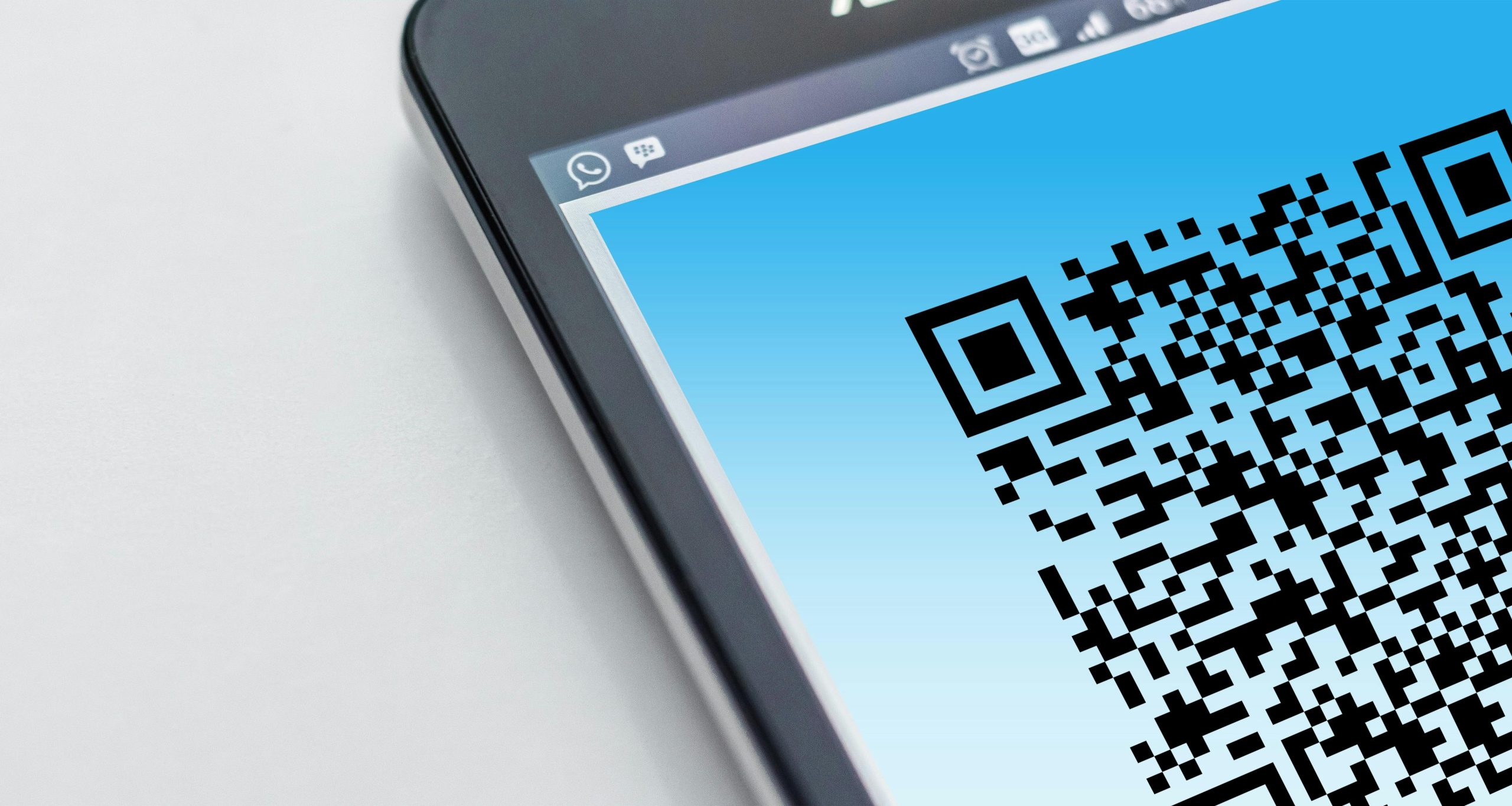QR codes are everywhere — restaurants, parking meters, ads, and even payment screens. But did you know a simple scan can lead to a scam? Cybercriminals are increasingly using QR codes to trick users into handing over personal info or installing malware.
🚩 How QR Code Scams Work
- The QR code looks harmless
- You scan it at a restaurant to view the menu… or in a parking lot to pay.
- It’s placed in a spot you’d expect it to be — but the scammer replaced the original.
- You’re redirected to a fake site
- Instead of the official page, you land on a phishing website that looks real.
- It might ask for login credentials, credit card info, or payment.
- Malware is silently installed
- Some QR codes may trigger a download of a malicious app or script.
- Your phone or device is now infected without you knowing.
- You’re scammed or hacked
- Hackers can steal your identity, access your accounts, or even empty your crypto wallet.
❗Real-Life Examples
- A woman scanned a QR code on a parking meter in Texas and entered her card details — later, she discovered $700 had been stolen.
- Fake QR code flyers in a city led people to a “COVID safety info” site that installed spyware on their phones.
✅ How to Stay Safe
- Only scan QR codes from trusted sources.
- Double-check the URL after scanning — does it look legit?
- Use your phone’s browser to type in the site directly, especially for sensitive actions like payments.
- Never download an app from a QR code unless it’s from a verified source.
- Use antivirus and security apps that can warn you about suspicious links.
🛡️ What to Do If You’ve Been Scammed
- Disconnect from the internet immediately.
- Scan your device with antivirus software.
- Change passwords, especially if you entered login info.
- Notify your bank if payment info was entered.
- Contact Fast-Recover to investigate and help recover stolen funds or data.
❓Need Help?
If you’ve been scammed after scanning a QR code, don’t wait. Fast-Recover is here to help.
📨 Email: info@fast-recover.com
🌐 Website: www.fast-recover.com


